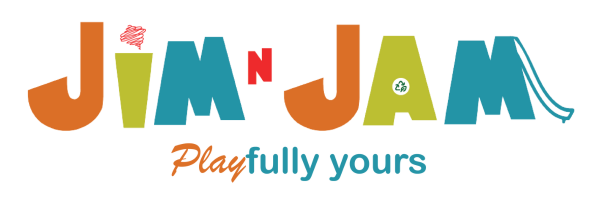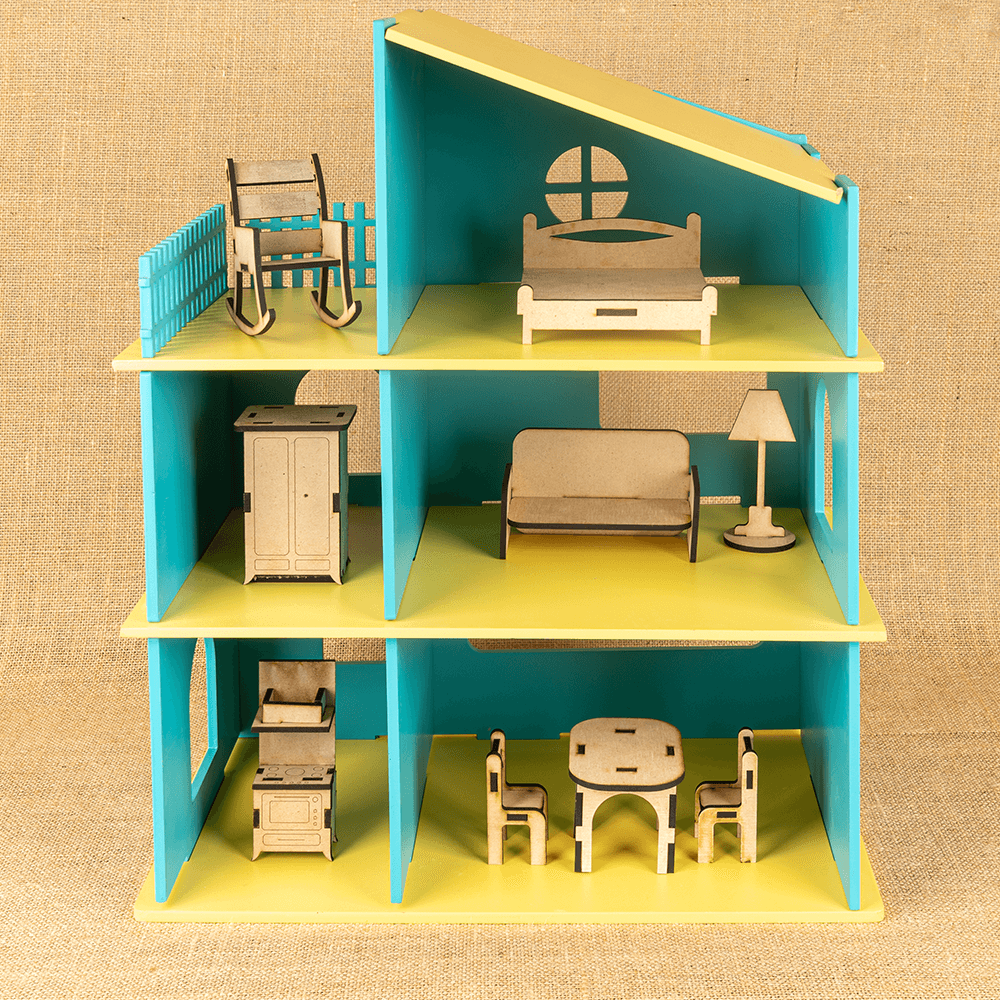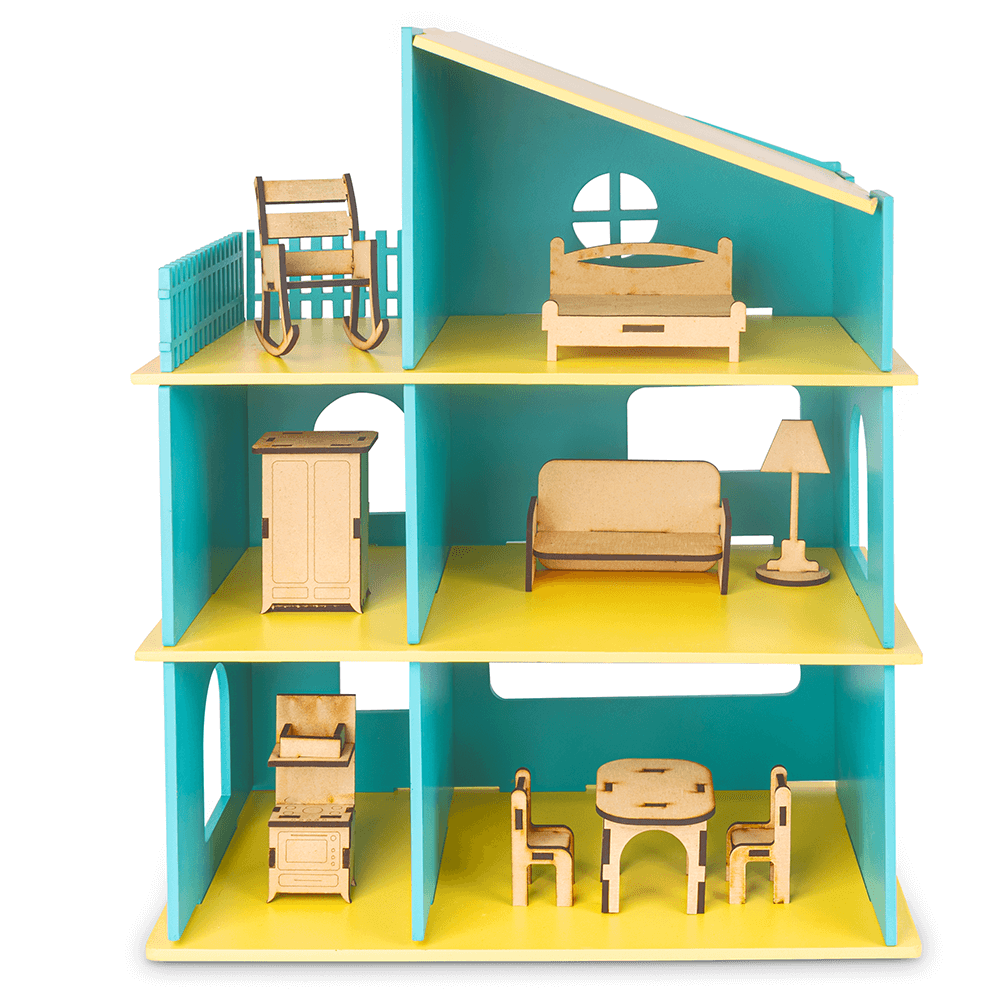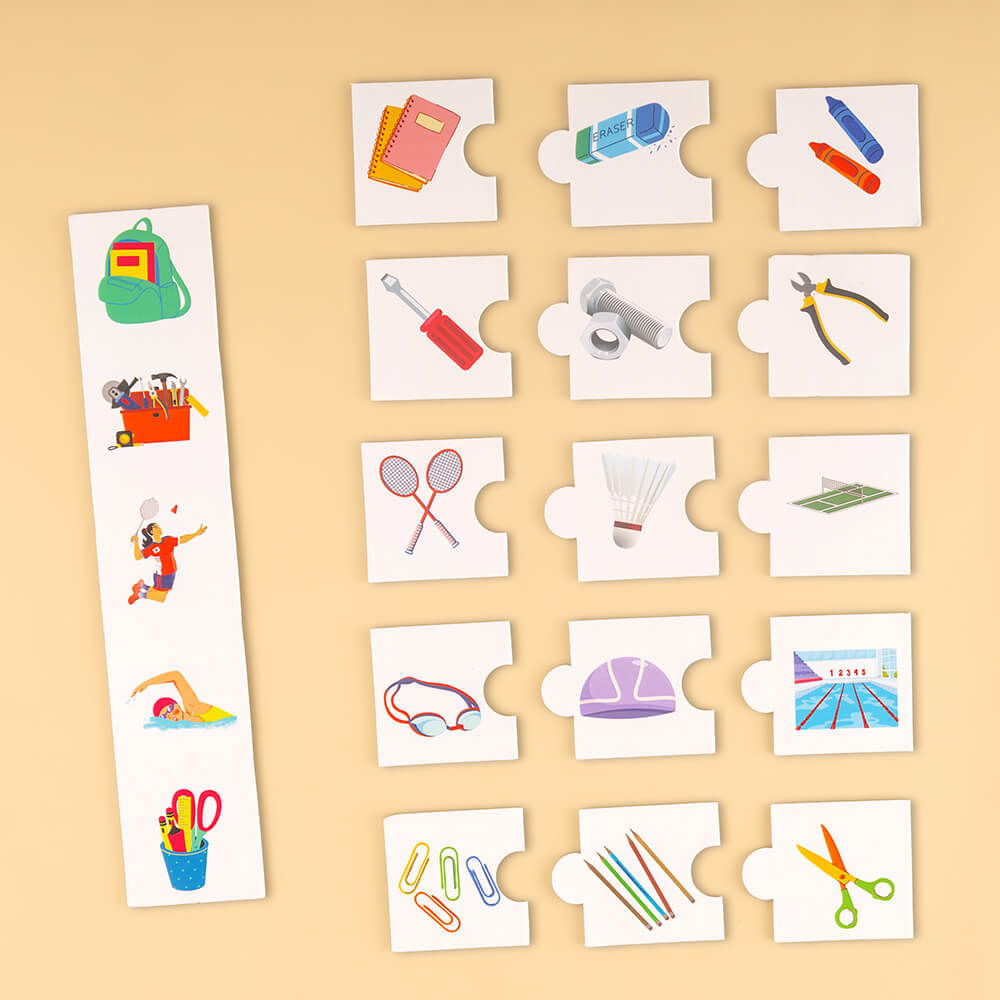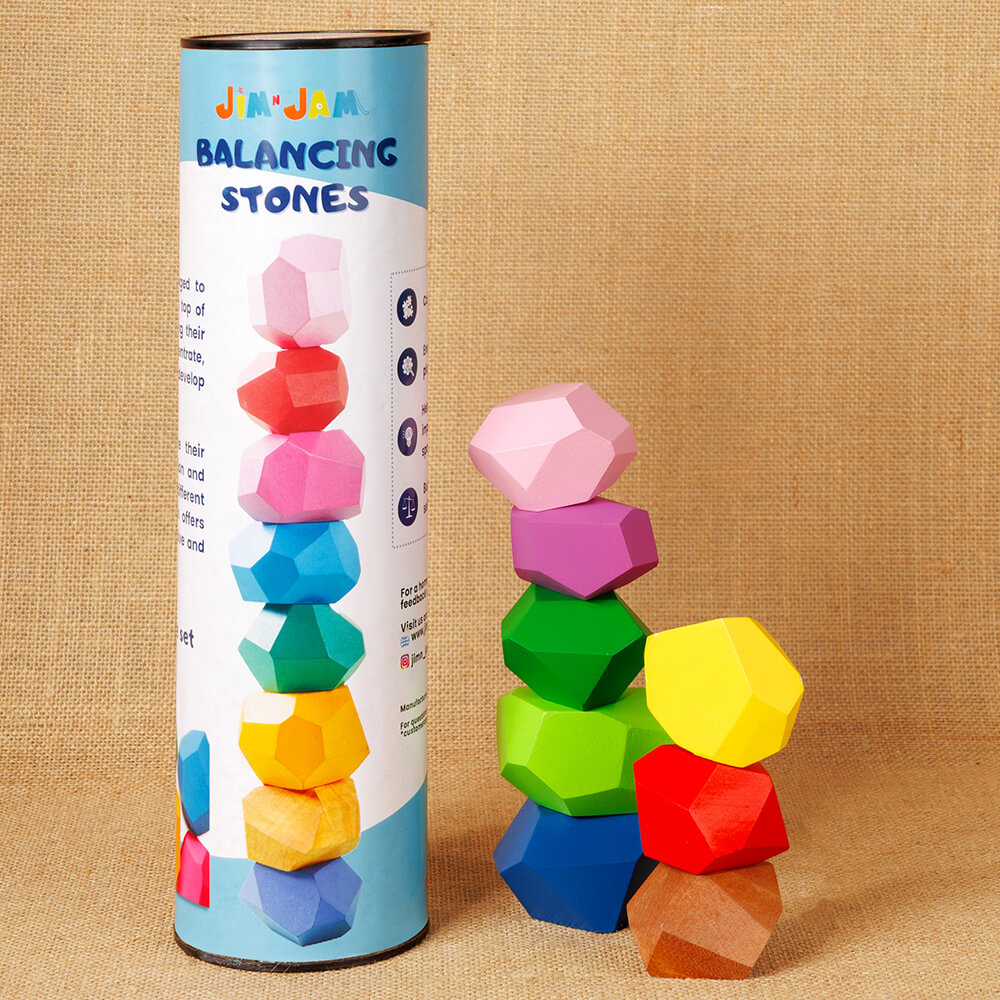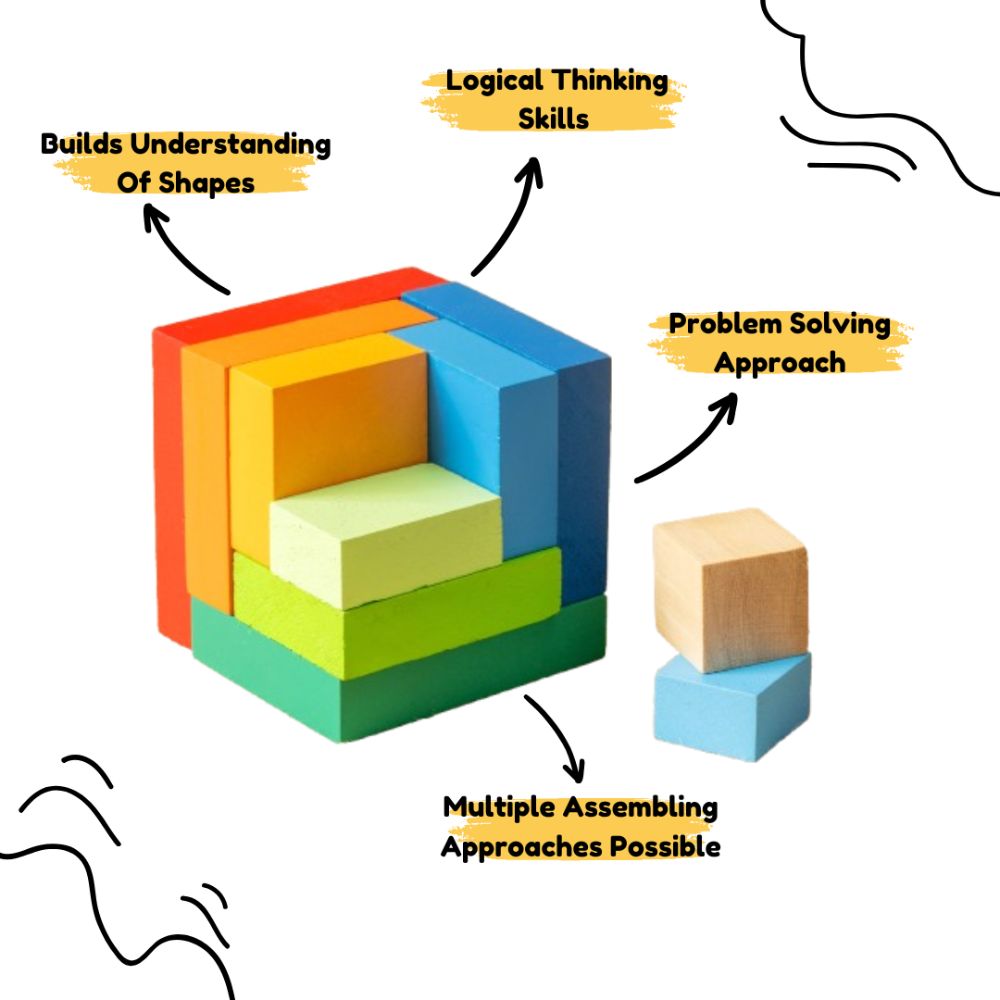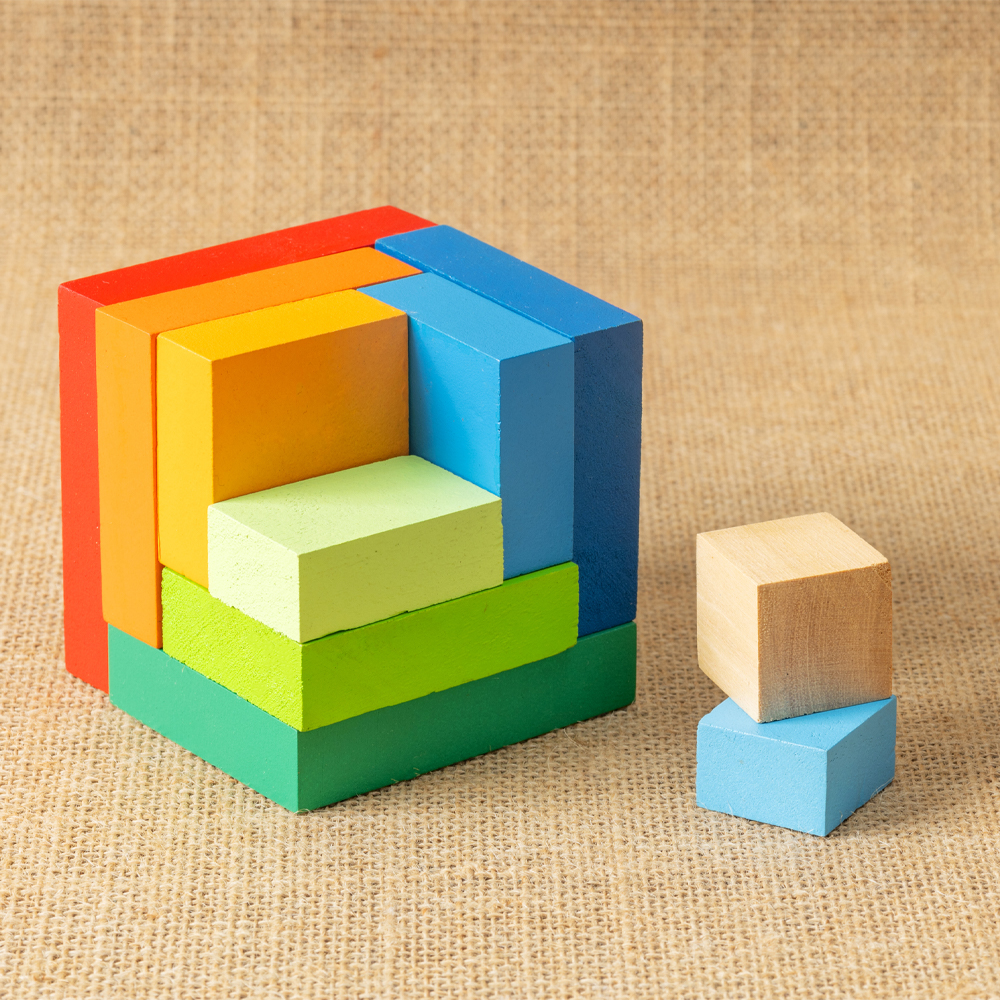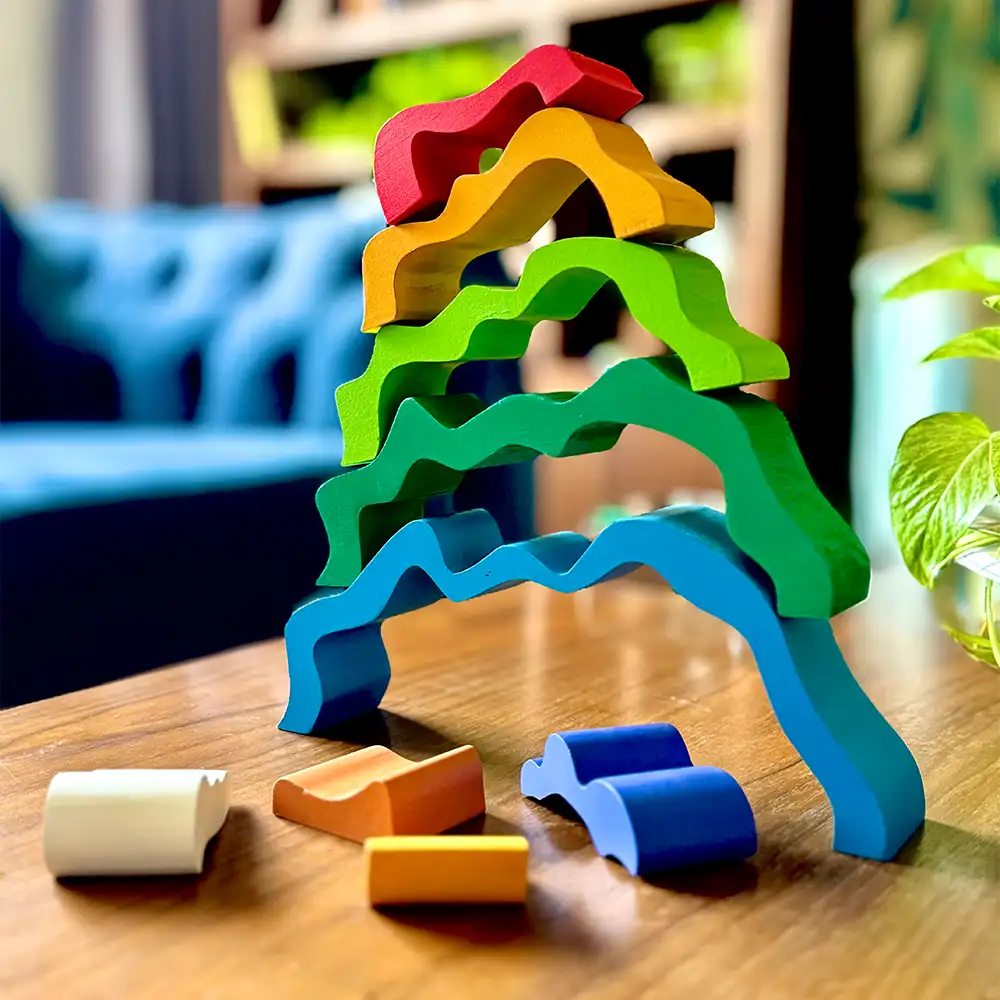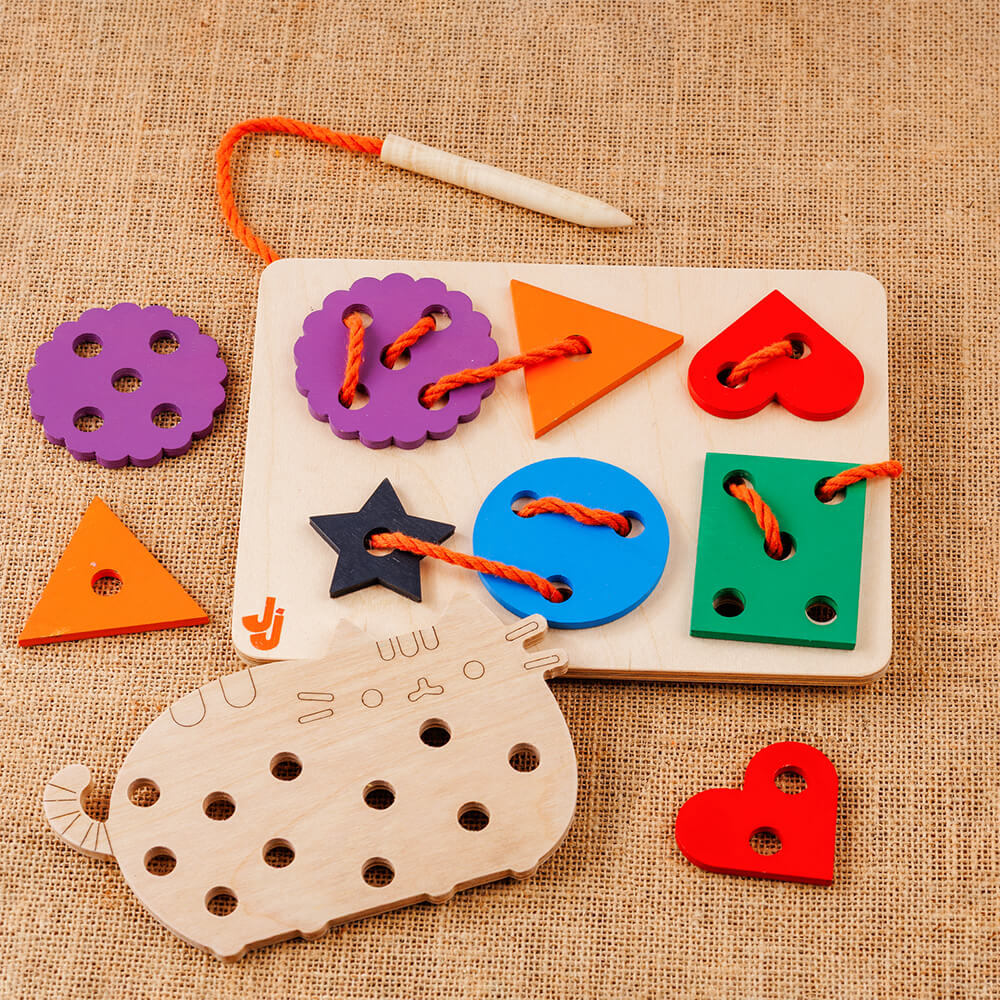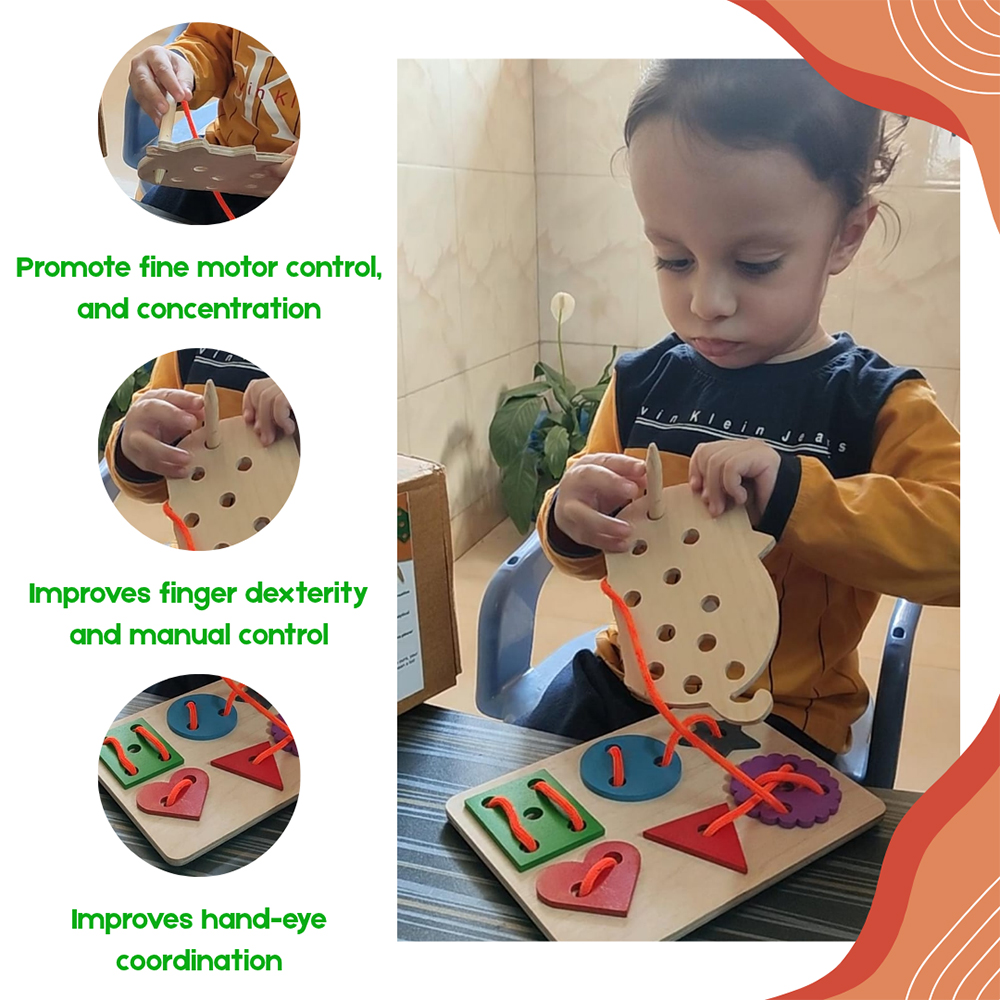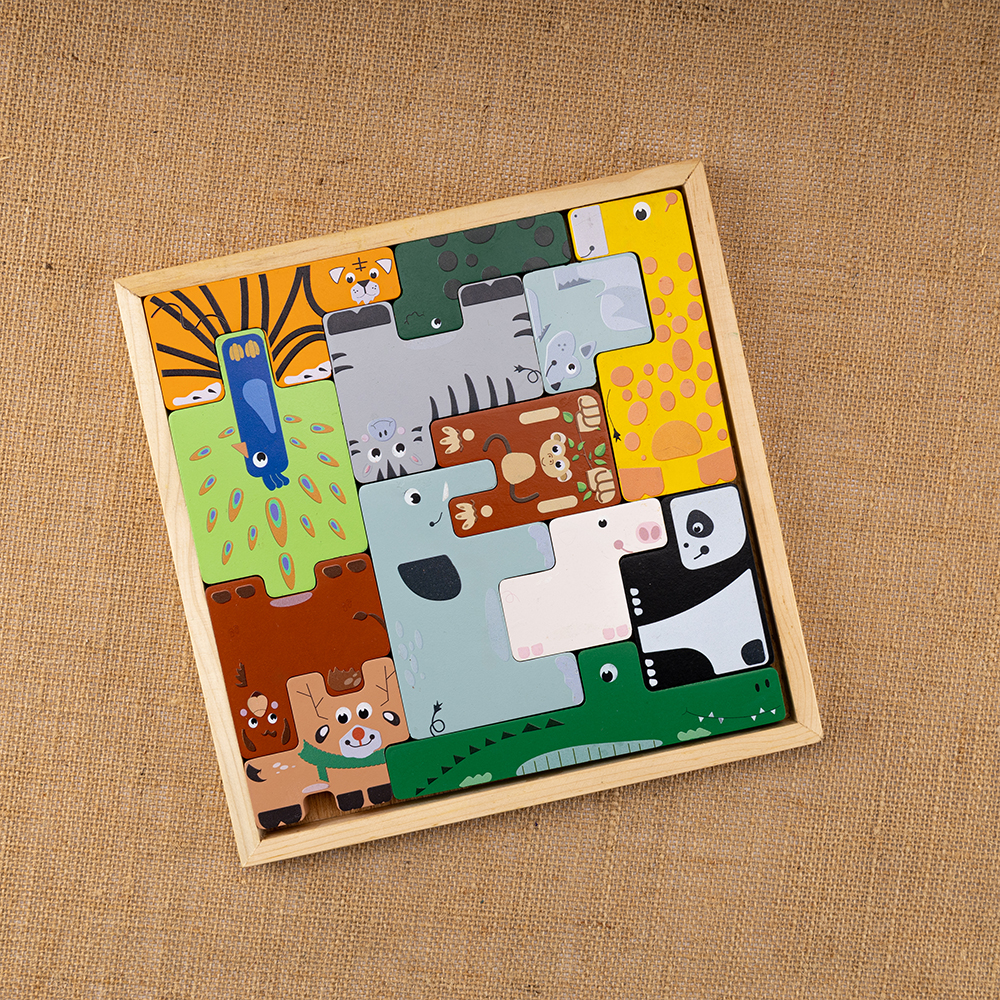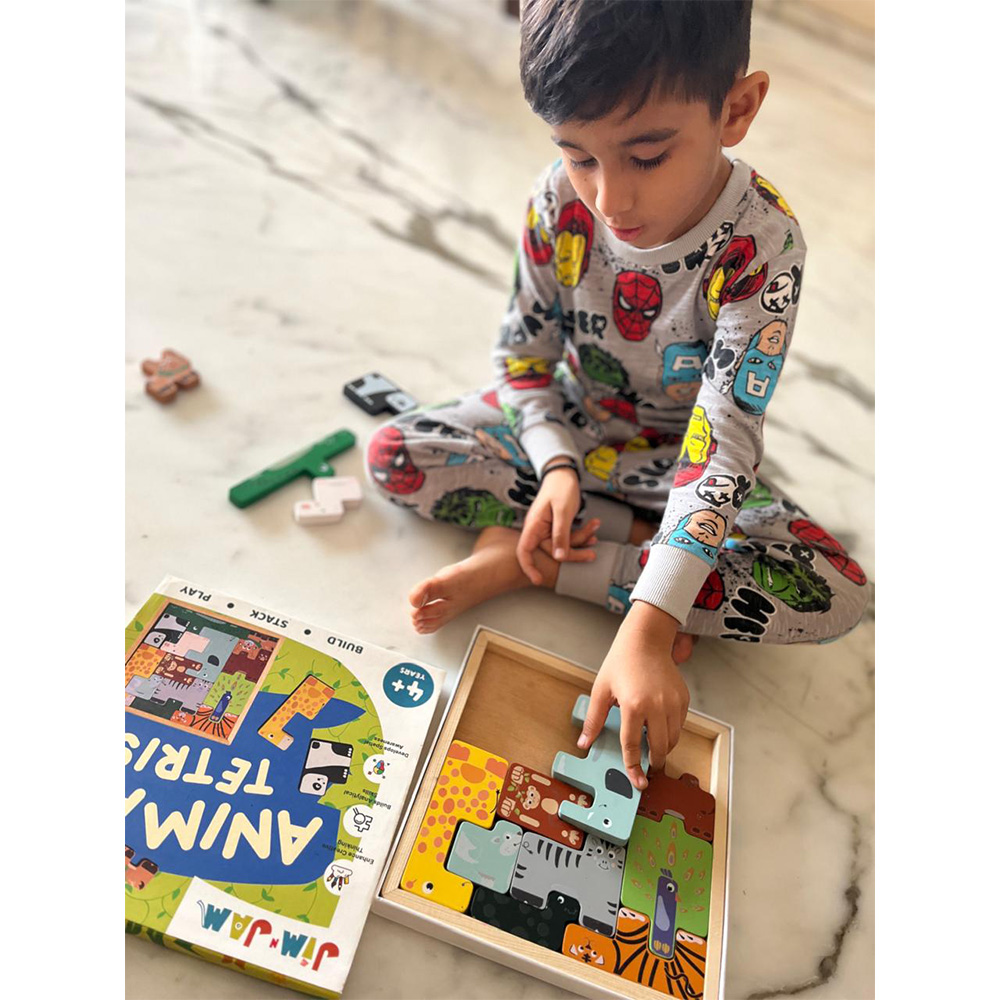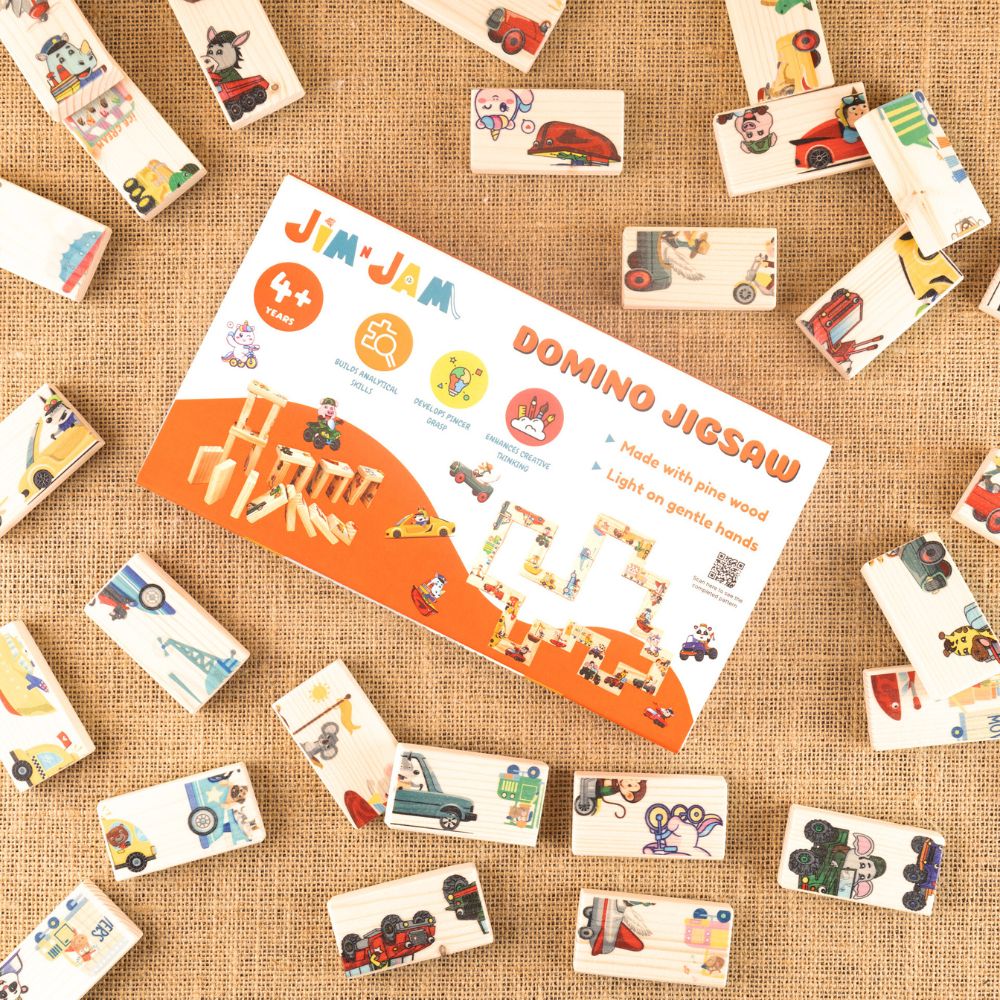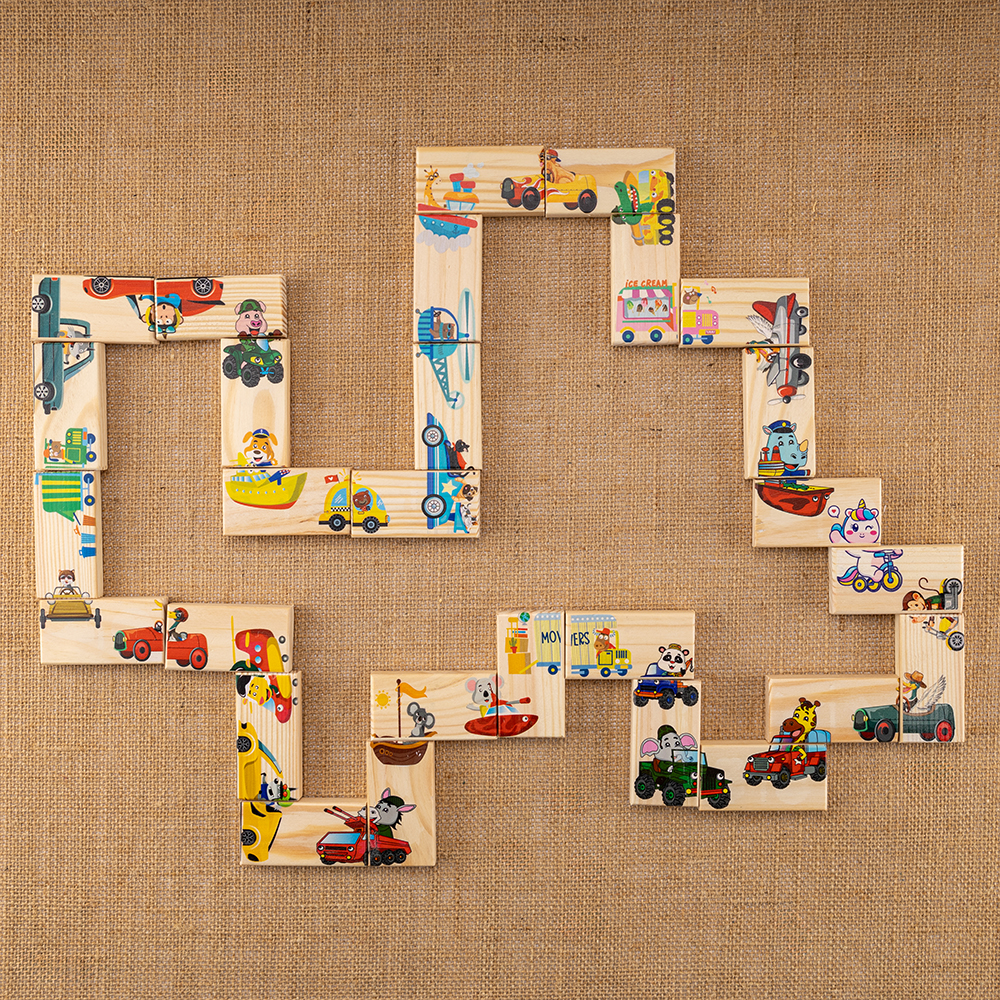Open Ended Toys
As a parent or a caregiver, you must have heard about open-ended toys. However, one may have a lot of questions about these toys and how are they different from the rest of the toys and so on. Today, we will decipher some of these through Frequently Asked Questions (FAQs) about these:
What are open-ended toys?
In essence open-ended toys are the ones where a child is free to play with them the way they would like to. So, a set of blocks for instance are open-ended as the child can choose to build a tower with it, or arrange them in a structural way or build historical monuments from them. Basically the choice of how to interact with them lies with the child and the child is thereby doing more work than the toy per se, which in turn helps to build their imagination, cognition and analytical skills
How does one know that the toy we are picking is an open-ended toy?
Usually the toys which don’t have just one definitive way of playing with them are essentially open-ended. So, check for what are some of the suggested ways to play with the toy, check if they are broad and offer options or has a defined manual that prescribes one particular way only. The packaging of the product also indicates the different ways the child could interact with the toy.
Are open-ended toys really important, and how does it help the child?
Open-ended toys help to reduce the over-stimulation of fancy, battery operated toys which tend to distract the child. More importantly, through open-ended toys, a child learns and explores different ways in which they can play with the toy – thereby building their curiousity, exploring their imagination and improving the neural connections of their brain. These in turn promote hands-on learning for the kids and builds a growth mindset
